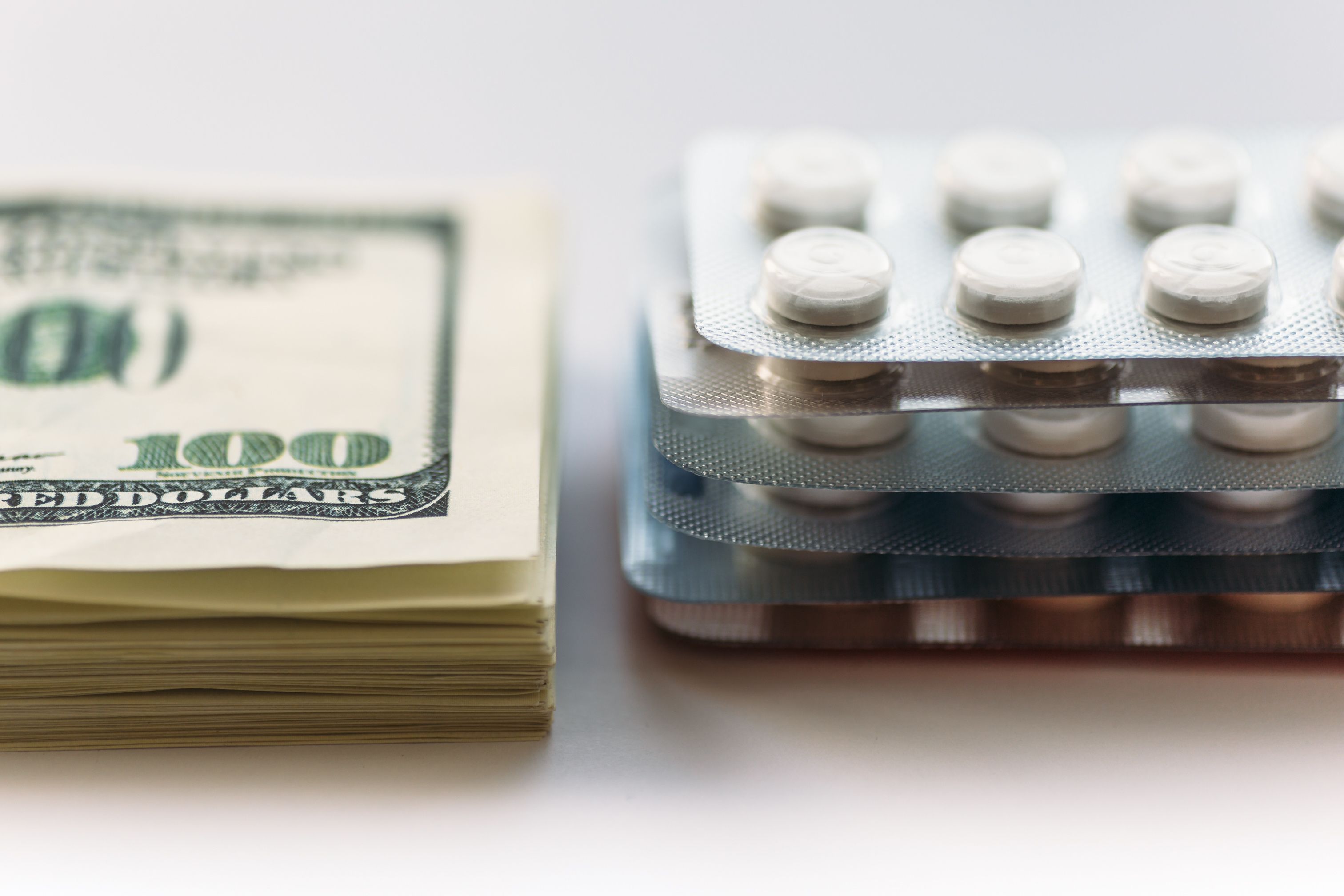Examining the High Cost of the Drug Development Process
The drug development process, beginning with preclinical research up to when the product goes to market, requires time, risk, and high costs.
Image credit: DedMityay | stock.adobe.com.

When it comes to the pharmaceutical industry, a popular sentiment among the general public is that pharmaceutical companies’ main priority revolves around profits, but what powers those profits exactly?
It could be the high prices of branded medications; critics of the industry note that instead of having these prices reflect actual development and manufacturing costs, conglomerates base them on their anticipated market forecasts.
An article published in BMC Medicine1 sought to explore several economic facets of the pharma industry by:
- Emphasizing that satisfactory financial returns are a must in order to financially encourage companies and investors to fund the R&D efforts that goes into biomedical development. The probability and financial value of success must outweigh development costs.
- Supporting a detailed dive into the medicines’ worth from a societal perspective in order to decide whether they are worth their cost to society. Rather than being limited to clinical benefits—which albeit, are important—other benefits need to also be considered using a holistic societal approach.
- Asking that readers contemplate how some principles of value assessments could result in more general support for medical innovation.
- Acknowledging that the majority of healthcare expenditure is not allotted to medicines, but rather hospital spending.
It is important to note that the drug development process, beginning with preclinical research up to when the product goes to market, requires time, risk, and high costs. Unfortunately, the entire process can take over a decade, while leaving a company out billions of dollars after coming up short.
The risk is best reflected in the very low probability of a potential drug making it through all stages of clinical trials and securing regulatory approval. Research conducted by the investigators predicted a less than 10% chance that a drug makes it through the entire clinical trial process and receives regulatory approval; these numbers drop to 3.5% when analyzing oncology data. Of course, these rates are dependent on the starting point.
However, even if a product endures this rigorous process unscathed, there is always a chance that the drug does not produce enough revenue to recover all the multiple investment efforts that went into development. For that reason, the authors argue that R&D in the pharma space only really starts to make sense once it reaches the portfolio stage. And when it comes to the costs associated with R&D, the authors explain that the cost of one approved molecule should not also include the other candidates that failed to gain approval.
One must also consider the number of new molecular entities that are being created to meet the needs of the market. Analysis by experts in the sector used population demographic changes to prove that innovation in drug development is partly motivated by the size of the potential market, while estimating that a 1% increase in the potential market size for a drug could result in approximately 4% growth in the entry of new molecular entities and non-generic drugs. Other analysis determined that if the United States had the same pricing as the European Union, the lower R&D expenditure by firms that prioritize the US market would have resulted in 117 fewer new medicines being developed.
The patent system also needs to be kept top of mind—although it can vary, patent-protected products that are approved allow the manufacturer to market its compound free or any biosimilar or generic competition.
However, patients’ main concern revolves the maximum they should be willing to pay for a medicine when other parties are the ones setting these prices. According to the authors, “a drug that is worth its price to society should not be rendered inaccessible to ill patients by imposing high out-of-pocket costs or restricting coverage based on narrow health technology assessments (HTAs).
“Furthermore, recognizing the total societal cost of un- or undertreated conditions is crucial to gaining a thorough understanding of what guides the biomedical innovation ecosystem to create value for society. It would be unwise to discourage the development of new solutions without first appreciating the cost of leaving the problems unsolved.”
Reference
Ramagopalan SV, Diaz J, Mitchell G. et al. Is the price right? Paying for value today to get more value tomorrow. BMC Med 22, 45 (2024). https://doi.org/10.1186/s12916-024-03262-w
Phase III PROMINENT Trial Initiated to Evaluate Felzartamab for Primary Membranous Nephropathy
June 30th 2025The global Phase III PROMINENT trial has begun dosing patients to evaluate felzartamab in treating primary membranous nephropathy, a serious autoimmune kidney disorder with no FDA-approved therapies.
MariTide Shows Up to 20% Weight Loss in Phase II Trial for Obesity, Type 2 Diabetes
June 24th 2025In a Phase II trial, Amgen’s investigational therapy MariTide (maridebart cafraglutide) delivered significant, sustained weight loss of up to 20% in adults with obesity, with or without type 2 diabetes, alongside notable improvements in glycemic control, supporting its advancement to Phase III studies as a potential once-monthly treatment option.